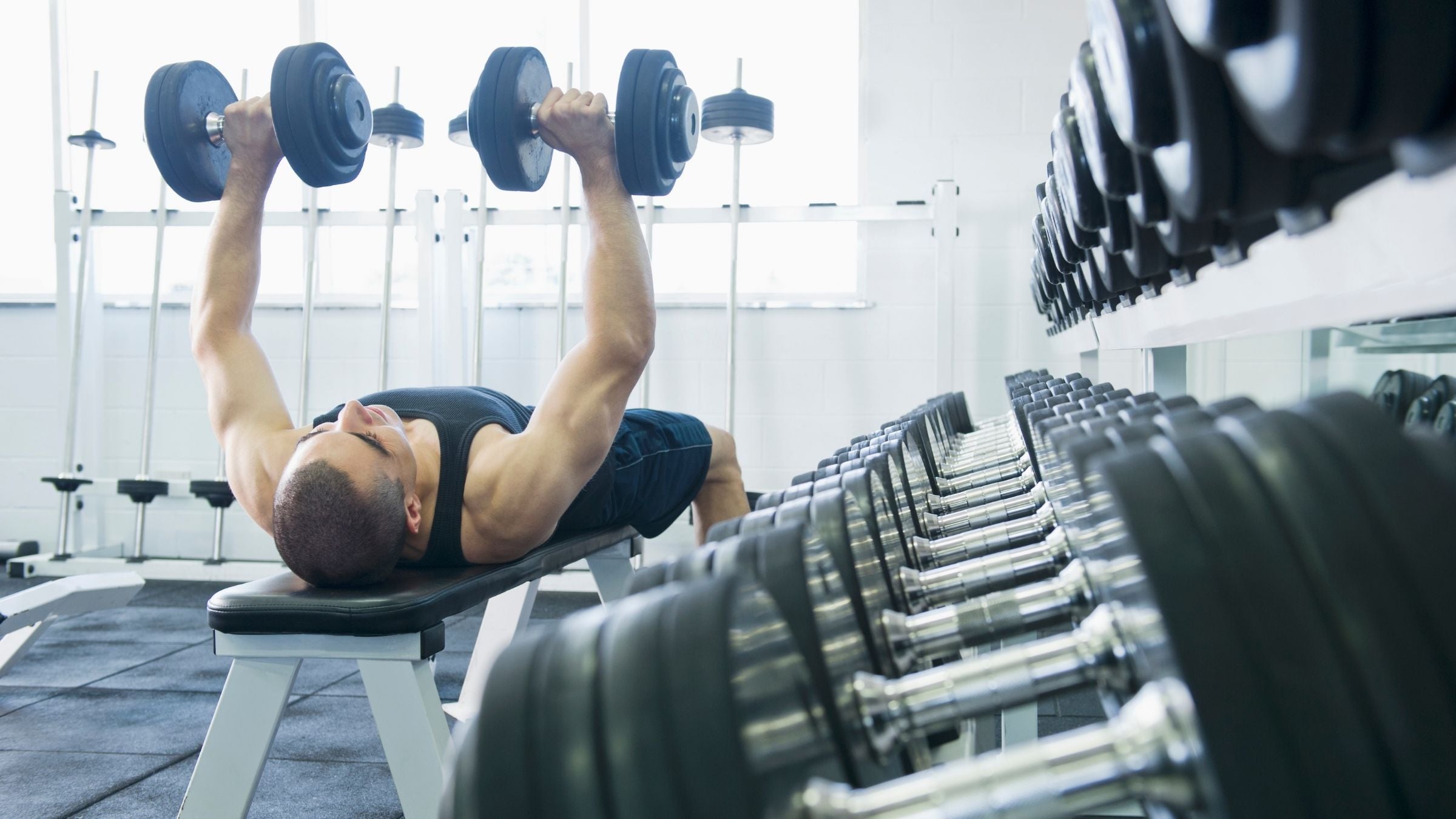Why (and How) Triathletes Should Lift Heavy

(Photo: Getty Images)
Crossing the final finish line of the season means that your perfectly tuned swim-bike-run body is ready to recover, reset, and rebuild. And it needs to. But, once you’re recovered, the off-season is also the perfect time to lean into strength training and bulletproof your body for next season by lifting heavy sh*t (and doing it well).
Research shows that effective off-season strength and power training corrects imbalances, provides resilience to increased training stress, increases resting metabolic rate, and facilitates a healthy release of testosterone and growth hormones. In addition, lifting heavy now can boost those early season swim-bike-run performance markers (time trial times) by increasing muscle economy and threshold.
Recover and Reset First—Then Rebuild
Start with a three-to-five- week adaptation phase dedicated to working on mobility, tissue care, and basic postural and lower body movements, specifically the musculature of the hips, core, and upper back. The focus should be on moving well with a strong core, balanced hips, and open posture before adding significant load of any kind. We want to wind back those rounded shoulders, tight hips, and lazy glutes that may have popped up in our final phase of in-season racing. Once this has been achieved, we’re ready to become truly competent across the main five foundational movement patterns for every athlete: push, pull, carry, squat, and hinge.
Here are some specific movements designed for the performance-minded triathlete who wants big strength and durability gains to carry over into next season.
Strength training for triathletes
PUSH: Dumbbell Chest Press
WHY: While internally rotated shoulders are often blamed on tight pecs, working to strengthen the chest, shoulders, and serratus will ultimately help keep your swim stroke smooth and consistent. Because unilateral strength is critical for triathletes, dumbbells are an important choice on this movement over a barbell.
HOW: Ensure your head, shoulders, and glutes are connected to the bench. With palms facing forward, inhale as you slowly lower the weights slightly wider than mid-chest. With tight glutes and core, press the dumbbells back to the starting position with an exhale. Do 4-8 reps for a total of 3-6 sets with excellent postural form, taking 90 seconds to 4 minutes rest between sets.
PULL: Lat Pulldown
WHY: The lat pulldown targets those muscles that help us breathe better, stand taller, and move through the water faster.
HOW: With palms facing forward, grasp the bar just wider than your shoulders above your head. With a neutral spine, tighten your core and exhale as you pull the bar toward the top of your chest. Be sure not to arch your back in this movement. Inhale as you slowly return to the starting position. Do 4-8 reps for a total of 3-6 sets, taking 90 seconds to 4 minutes rest between sets.
CARRY: Unilateral Farmer’s Carry
WHY: From your toes to your brain, proficiency in this movement is a great indicator of total body competency, coordination, and overall strength around your spine and hips.
HOW: With good form, lift the weight in one hand standing with a straight spine, no leaning. Your obliques should be engaged. Walk with high knees in a straight line slowly, as if you were stepping over consecutive small cones with eyes forward. Do 10-12 steps for 3-4 sets per side, taking 30-45 seconds rest between sides and 2-4 minutes rest between sets.
SQUAT: Front Squat
WHY: Front squats prioritize glute and quad strength, while demanding a high level of postural and core engagement. You’ll be able to back squat more weight, but front squats are functionally far more effective for a triathlete.
HOW: Start with dumbbells on your shoulders with elbows pointed forward. Begin to squat, initiating the movement at the hips and bending knees. As you drop your tailbone toward the floor, ensure your chest and elbow position remain up—i.e., your elbows should not drop. Squeeze glutes at the bottom and drive back to standing. Progress to a barbell once you have mastered the body position with dumbbells. Do 4-8 reps for 3-6 sets with excellent postural form, taking 90 seconds to 4 minutes rest between sets.
HINGE: Trap Bar Deadlifts
WHY: Generalized strength through the quads, glutes, and hamstrings (and the associated tendons/fascia) is the platform which will support both speed and power once race season begins. They also focus on pull-specific upper body strength, while being gentler on the lower back than a traditional deadlift.
HOW: Stand in the center of the trap bar with your feet hip-width apart. Hinge at the hips and grasp the handles with straight arms and a neutral spine. Engage your glutes, hamstrings, and quads as you drive your hips to standing position. Reverse the movement to return the bar to the floor. Once proficient at this movement, aim to lift in the 85% of max. range for 4-8 reps for 3-6 sets taking 90 seconds to 4 minutes rest between sets.